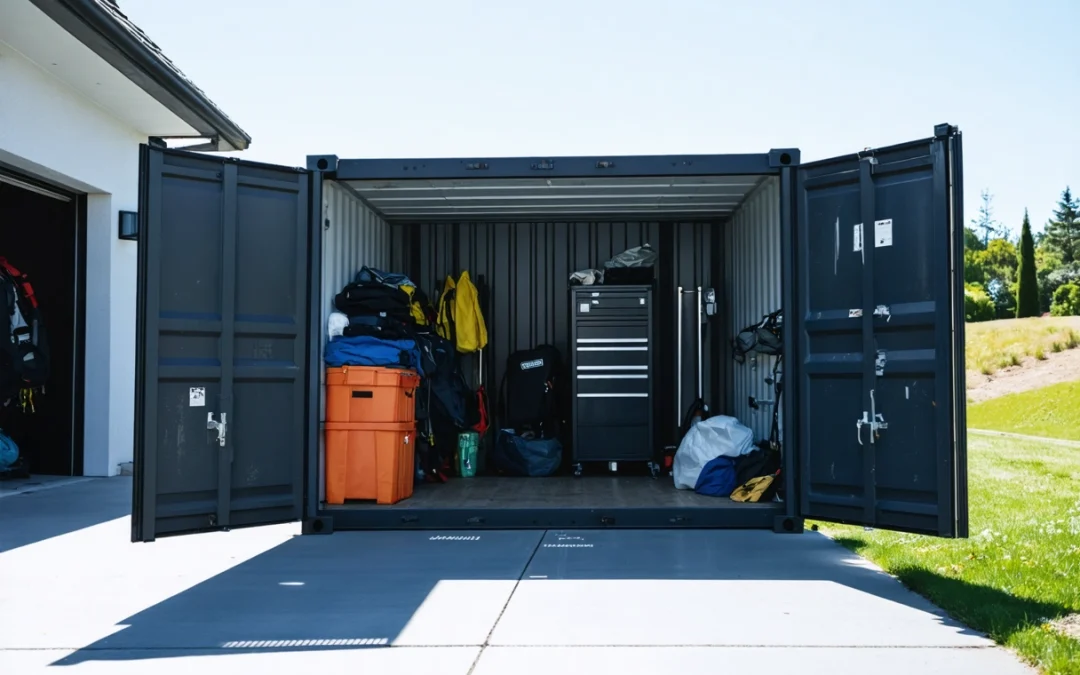Understanding the Costs: A Breakdown of Renting a Storage Container
Renting a storage container can be an efficient and flexible solution for various storage needs, including moving, renovations, commercial use, or temporary on-site storage. However, understanding the full spectrum of costs involved is crucial for making smart, budget-conscious decisions. The rental market for storage containers is more nuanced than it may first appear, with several factors influencing the total price you pay. In this comprehensive guide, we will break down the different cost components, explore price influencers, and provide tips to maximize your value when renting a storage container.
Whether you are an individual looking for extra storage space during a home renovation, a business owner in need of secure on-site inventory space, or managing a large-scale construction project, this guide will provide the insights you need. By the end, you will have a clear understanding of how storage container rental pricing works and how to make an informed decision that matches your unique requirements.
What is a Storage Container?
Before delving into the costs, it is helpful to define what a storage container is. Storage containers, often referred to as shipping containers, are large, durable, and weather-resistant steel boxes originally designed for transporting goods across long distances. They come in standard sizes, most commonly 10, 20, and 40 feet in length, and offer secure, portable storage for a variety of needs.
Over the years, these containers have been repurposed for many uses beyond shipping. Today, they are a popular choice for temporary or semi-permanent storage because of their sturdiness, versatility, and ease of transport. For a deeper dive into the evolution and uses of storage containers, visit this informative resource on shipping container basics and applications.
Core Cost Components of Renting a Storage Container
The total cost of renting a storage container is composed of several core components. Understanding these will help you anticipate potential expenses and budget accordingly. Here are the major cost elements involved:
1. Monthly Rental Fee
The base fee for renting a storage container is typically charged on a monthly basis. This fee varies depending on the size of the container, the duration of the rental, and the supplier. For example, a standard 20-foot container might cost between $100 to $200 per month, while a larger 40-foot container could range from $150 to $300 or more per month.
Specialty containers, such as those with climate control, extra security features, or custom modifications, will have higher monthly rental fees. Always confirm what is included in the base rate, such as locks or shelving, as these can add to your costs if they are not included.
2. Delivery and Pickup Fees
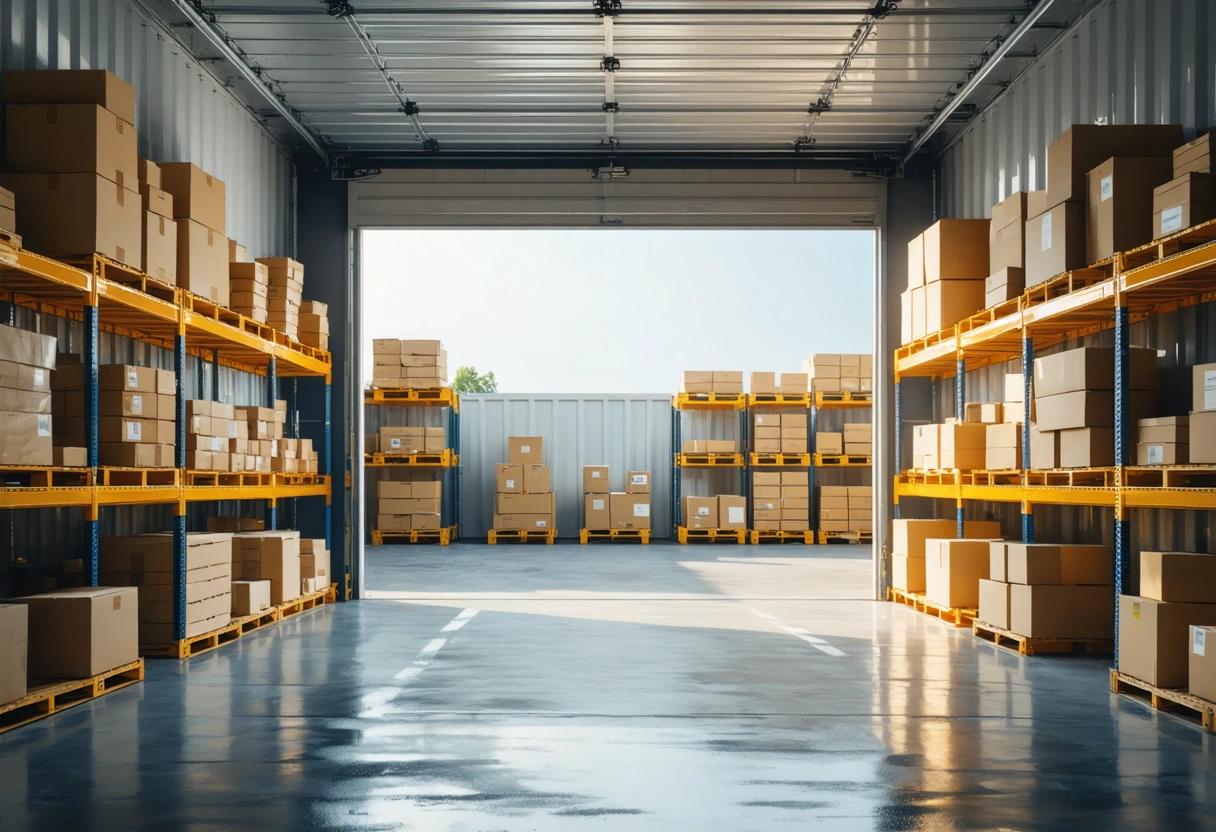
Most storage container rental companies will charge one-time fees for both delivering the container to your site and picking it up when your rental period ends. These fees vary depending on the distance from the supplier’s depot to your location, the ease of access for delivery, and local fuel prices. Delivery fees can range from $75 to $500 or more, depending on your location.
Some companies will roll these fees into your overall contract, while others list them as separate line items. It is essential to clarify if delivery and pickup charges are included or billed separately to avoid surprises on your final invoice.
3. Site Preparation and Access
While not always charged directly by the rental company, site preparation can lead to additional expenses. The ground where the container will be placed should be level, stable, and accessible for a large delivery truck. In some cases, you might need to lay gravel, install supports, or clear obstacles to ensure safe and stable placement. For a detailed overview of proper site prep, see this guide on preparing your site for a storage container.
If your location has challenging access (such as steep driveways, tight corners, or height restrictions), the rental company may charge extra for special handling or equipment, such as cranes or forklifts.
4. Insurance and Security
Insurance is another important component of the total cost. While storage containers are made from durable steel, the items stored inside may be susceptible to theft, fire, or weather damage. Some rental companies require you to carry insurance on the contents, while others offer container insurance policies for an additional fee. Costs for insurance can range from $10 to $50 per month, depending on coverage levels and the value of the stored items.
Additionally, security features such as heavy-duty locks, lock boxes, or alarm systems may be offered as add-ons. While these increase your monthly or upfront costs, they provide peace of mind and protection for valuable goods.
5. Permits and Local Regulations
Depending on your municipality, you may be required to obtain a permit to place a storage container on your property, especially for extended periods. Permit fees vary widely but can add anywhere from $20 to several hundred dollars to your overall cost. It is essential to check with your local authorities or homeowner’s association to ensure compliance and avoid fines or forced removal of the container.
Some cities and towns have specific zoning restrictions or time limits for storage containers, so always factor in potential permit costs and administrative time when planning your rental.
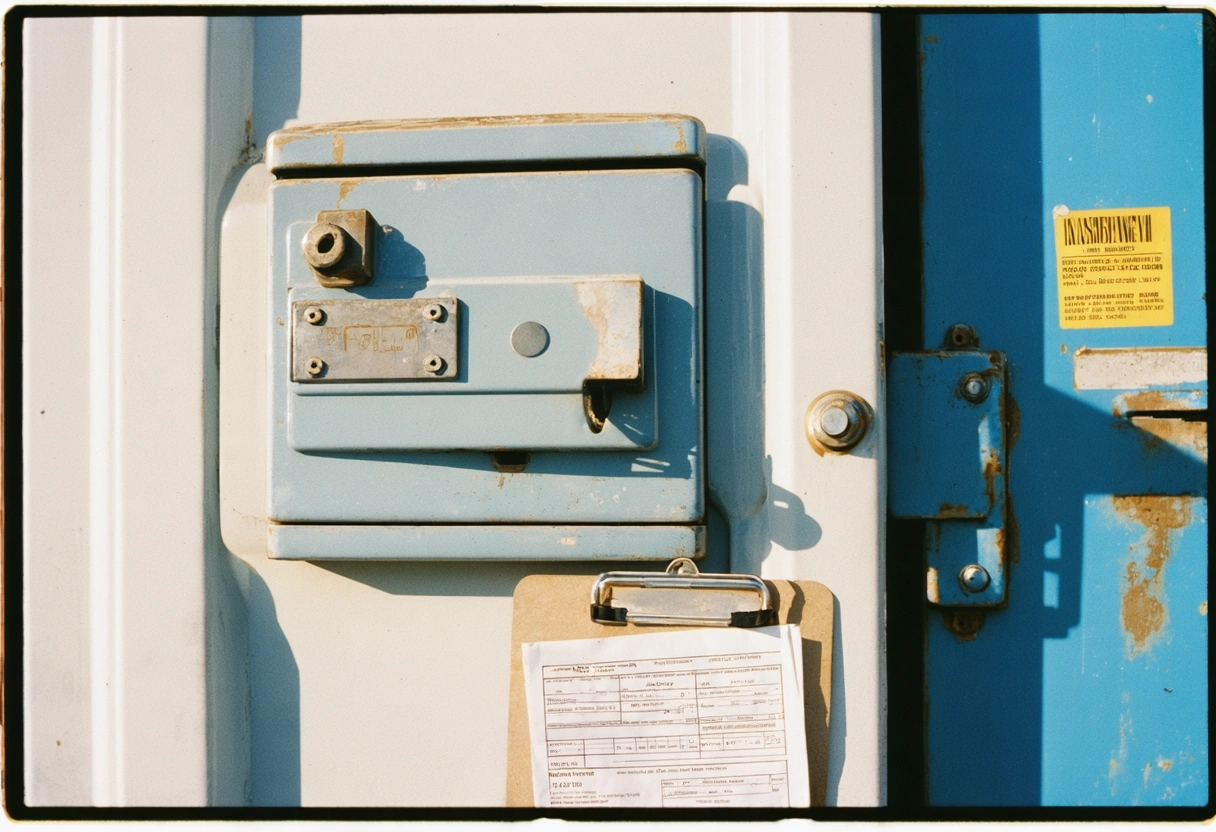
Factors Affecting the Cost of Storage Container Rentals
While the core components above provide a baseline, there are several factors that can influence the overall price you pay for your storage container rental. Understanding these variables will help you make strategic choices and potentially save money.
Container Size and Type
The size and type of container you choose have a significant impact on cost. Standard sizes include 10, 20, and 40 feet in length, with 8 feet in width and 8.5 feet in height being typical dimensions. Larger containers and specialty types, such as double-door, high-cube, refrigerated, or climate-controlled containers, will command higher prices.
For most residential moves or renovations, a 20-foot container is sufficient. Larger commercial or construction projects may require multiple containers or specialized units. Choosing the right size for your needs ensures you do not overpay for unused space.
Rental Duration
Rental contracts can be short-term (less than a month), monthly, or long-term (several months to years). Many companies offer discounts for longer rental periods, so if you know you will need storage for several months, negotiate for a better rate. Some suppliers also offer rent-to-own options, where a portion of your rental payments can be applied toward purchasing the container.
If your storage needs are uncertain, opt for a flexible contract, but be aware that month-to-month rentals may be slightly more expensive per month than a fixed-term agreement.
Geographic Location
Location plays a crucial role in determining rental rates. Areas with high demand or limited supply, such as urban centers or remote regions, may see higher prices. Conversely, locations near major shipping hubs or container depots may offer more competitive rates due to greater availability.
Delivery and pickup fees are also closely tied to your geographic location. Rural or hard-to-access sites are likely to incur higher transportation costs. For a better understanding of how location impacts costs, see this analysis of regional storage container price differences.
Container Condition: New vs. Used
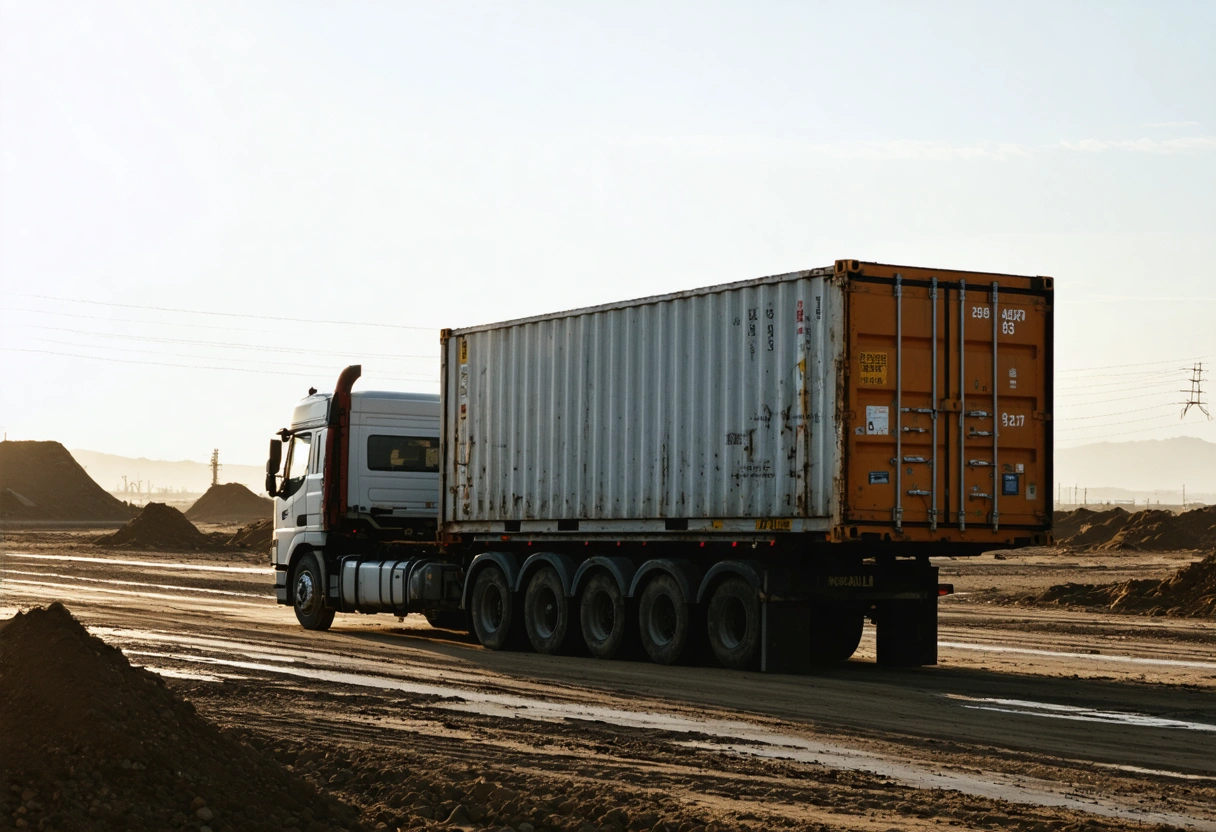
Rental companies often offer containers in varying conditions, from “one-trip” (like new) to “wind and watertight” (used but secure). Newer containers command higher rental fees but provide a more pristine appearance and potentially better security. Used containers are more budget-friendly but may have cosmetic blemishes or minor wear.
If appearance is not a top priority, choosing a used container can help you save money without sacrificing functionality or security.
Additional Features and Customizations
Some storage needs require special features, such as shelving, lighting, electrical outlets, or ventilation. These upgrades usually come at an additional monthly or upfront cost. For example, shelving might add $10 to $30 per month, while electrical upgrades can cost several hundred dollars depending on complexity.
Custom modifications are particularly common for business or commercial users who require tailored solutions. Always ask for a detailed quote that itemizes all additional features to avoid unexpected charges.
Typical Price Ranges and Example Scenarios
With so many variables at play, it is helpful to examine typical price ranges and example scenarios to understand what you might expect to pay for a storage container rental.
Residential Use Example
Suppose you are renovating your home and need a 20-foot storage container for three months. Here is a potential cost breakdown:
- Monthly rental fee: $150 x 3 months = $450
- Delivery and pickup: $150 each = $300
- Insurance: $15 x 3 months = $45
- Permit fee: $50 (if required)
- Total estimated cost: $845
This scenario assumes standard access, no special features, and a moderate delivery distance.
Commercial or Construction Use Example
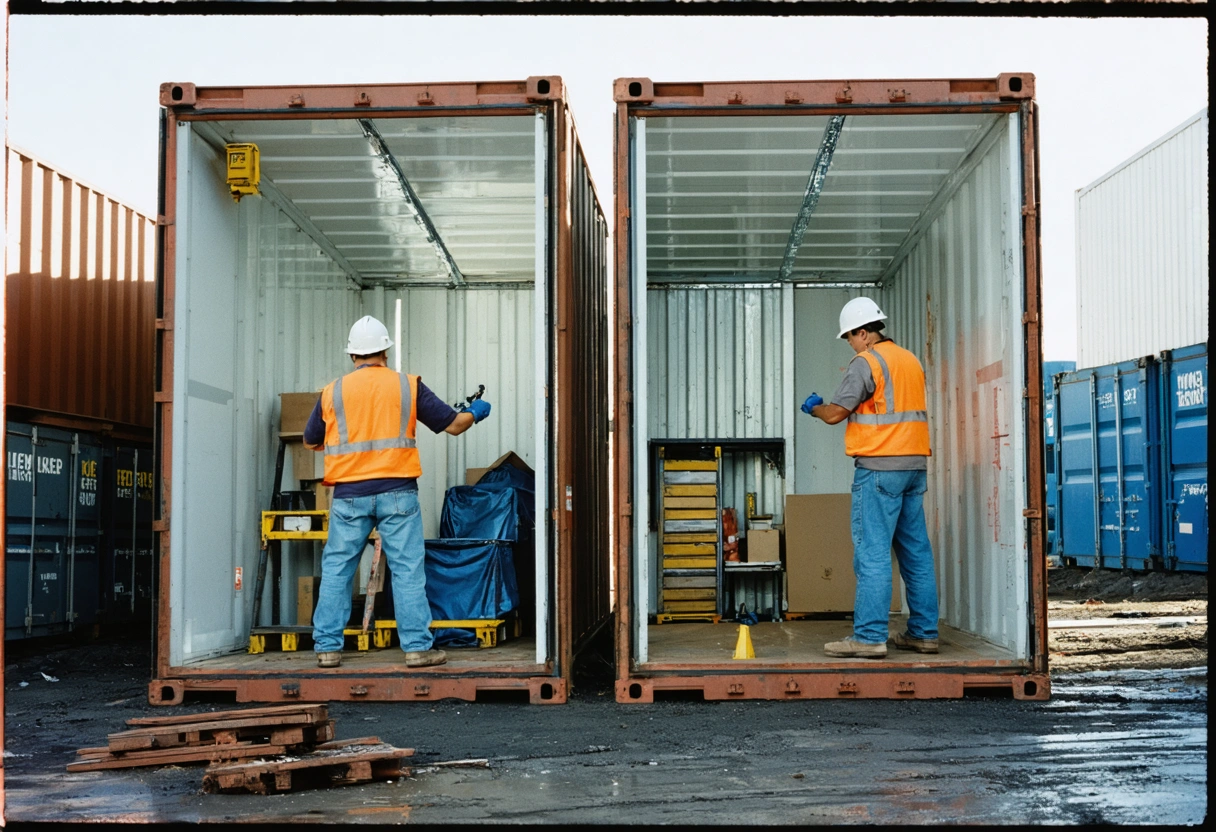
For a construction project needing two 40-foot containers for six months, with shelving and security upgrades:
- Monthly rental fee: $250 x 2 containers x 6 months = $3,000
- Delivery and pickup: $300 per container x 2 = $600
- Shelving: $20 x 2 containers x 6 months = $240
- Heavy-duty locks: $10 x 2 containers x 6 months = $120
- Insurance: $25 x 2 containers x 6 months = $300
- Permit fee: $100 (if required)
- Total estimated cost: $4,360
Large-scale projects often benefit from volume discounts, so always inquire about special rates for multiple containers or long-term rentals.
Hidden Costs and How to Avoid Them
While most reputable storage container rental companies provide transparent pricing, some hidden costs can catch renters off guard. Being aware of these potential expenses can help you budget more accurately and avoid surprises.
Late Fees and Overages
If you keep the container longer than your contracted period, you may be charged a daily or monthly overage fee. Always communicate promptly with your rental company if you anticipate needing an extension, as they may offer a better rate for planned extensions versus unplanned overruns.
Damage and Cleaning Fees
Most companies expect the container to be returned in the same condition as delivered, minus normal wear and tear. If the container is damaged or left excessively dirty, you may incur repair or cleaning fees. It is wise to inspect the container upon delivery and departure, documenting its condition for your records.
For more information on avoiding hidden fees and protecting your rental agreement, check out these tips on storage rental hidden costs.
Fuel Surcharges
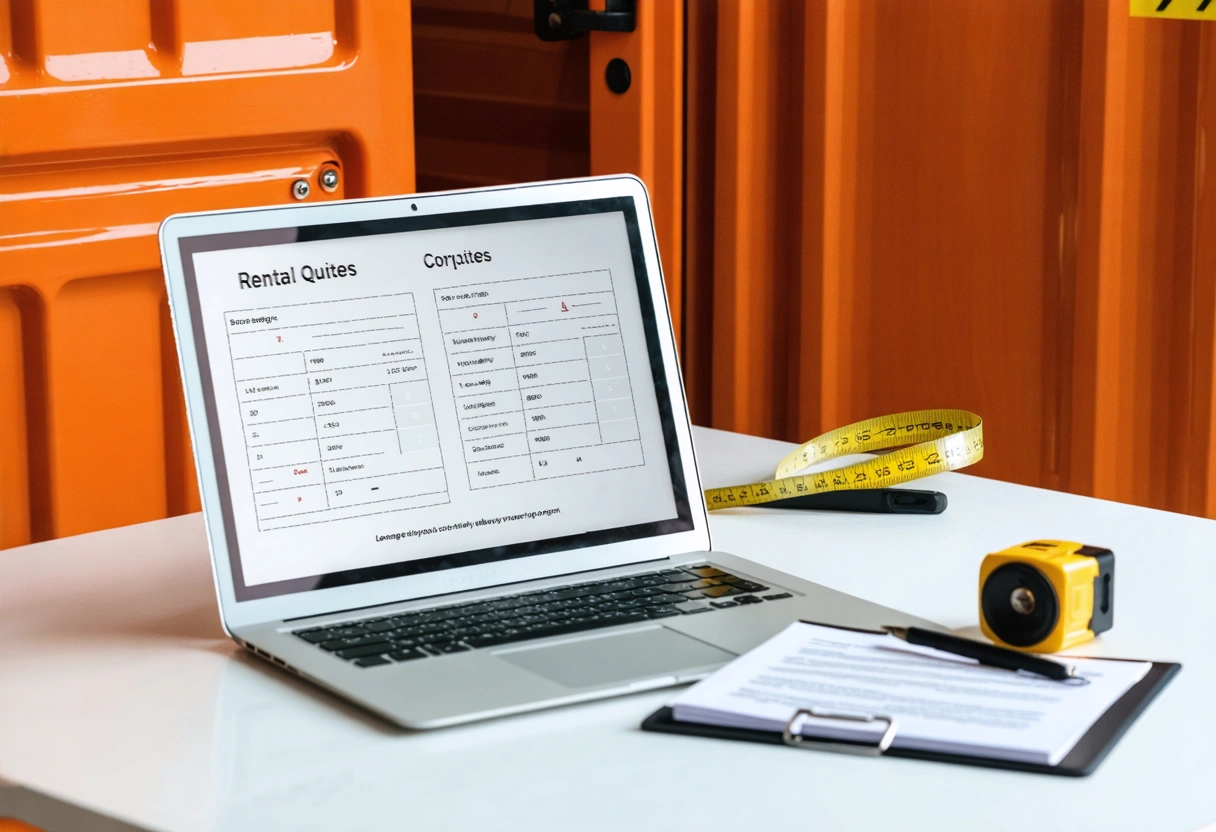
Some companies include fuel surcharges in their delivery and pickup fees, especially when fuel prices are volatile. Always ask for a detailed quote that lists all potential surcharges upfront.
Accessibility Charges
Difficult delivery sites may require additional equipment or labor, resulting in extra charges. Make sure your site is accessible and communicate any concerns to your rental provider in advance.
Tips for Reducing Storage Container Rental Costs
While many cost factors are fixed, there are several ways to minimize expenses when renting a storage container. Here are some practical tips:
- Shop around: Get quotes from multiple rental companies and compare not only prices but also included features, terms, and service quality.
- Negotiate for long-term rentals: If you know you will need the container for several months, ask about discounted rates for longer commitments.
- Choose the right size: Avoid overpaying for space you do not need. Accurately estimate your storage requirements and select a container that fits.
- Plan for delivery and pickup: Ensure your site is accessible and prepared to avoid special handling charges.
- Bundle services: Some companies offer package deals that include insurance, locks, and shelving for a lower overall price.
- Avoid unnecessary features: Only pay for upgrades or customizations that are essential to your storage needs.
For further guidance on maximizing value, see this expert advice on getting the most from your storage container rental.
Making an Informed Storage Container Rental Decision
Renting a storage container is a practical and cost-effective solution for a wide range of storage challenges, but understanding the detailed cost breakdown is key to avoiding unexpected expenses. By considering monthly rental fees, delivery and pickup charges, site preparation, insurance, permits, and the various factors that influence overall pricing, you can budget accurately and choose the best option for your needs.
Take your time to research providers, ask detailed questions, and read the fine print of your rental agreement. By following the tips provided in this guide, you can secure a storage container that meets your requirements without breaking the bank. For more in-depth information on storage container options and best practices, visit this comprehensive overview of storage container rentals and considerations.
With the right approach, renting a storage container can be a seamless, affordable, and highly effective solution for your temporary or long-term storage needs. Empower yourself with knowledge, plan ahead, and your storage experience will be smooth and stress-free.
Need help with Understanding the Costs: A Breakdown of Renting a Storage Container?


